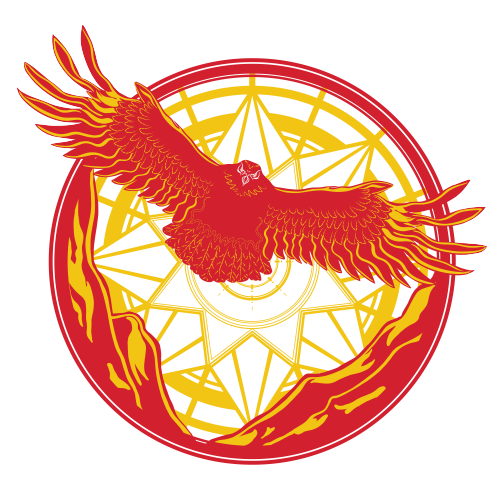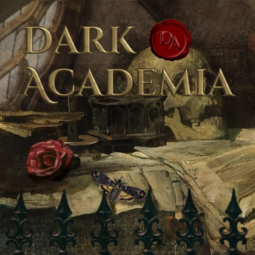By Bronwyn Rivera
Class is in session on August 29th, and Signum University invites you to sink your teeth into “Dark Academia.”
Hailed as an aesthetic and subcultural movement (and fondly dubbed #TheDarkChocolateofLangandLit in Signum circles), Dark Academia has rippled across many areas. From fashion to mood boards and music playlists to articles, the genre as we know it has taken social media by storm and does not exclude the realm of literature. So, what does one do with a phenomenon strongly tied to storytelling, society, and learning?
If you ask Dr. Amy H. Sturgis, the answer is simple: you teach a course about it.
Although the genre’s roots reach as far back as the 19th century, Dr. Sturgis notes a Dark Academia publishing boom from 2016 onward, especially in Young Adult and mainstream categories, and its subsequent cultural effect in very recent times: “suddenly you had an explosion of BookToks and book recommendations, and theories of why and how COVID-19 impacted our views about the academy, the humanities, the future of education, community and campus life, and debt.”
Dr. Sturgis invites prospective students to explore these angles through the lens of a definition she’s creating to describe Dark Academia (and hopes to receive feedback on): Firstly, the “academia” part of academia. Stories revolving around main characters who are, or were, students and faculty members, are set in places of learning with an emphasis on research subjects treading the fine line between traditional and “taboo.” Secondly, Dr. Sturgis believes all Dark Academia storytelling tends to hit at least three elements associated with the Gothic tradition, such as personal or general hauntings, tales that blur the lines between what’s real and what isn’t, and narrator reliability. Thirdly, putting the “dark” in Dark Academia. Think creepiness, claustrophobia, and what happens when people deal with death or even try to cheat death. Lastly, Dr. Sturgis encourages students to consider Dark Academia as commentary and critique. What happens when someone goes missing? How do we address power imbalances? What could have—or should have–been done better, institutionally or personally? Dr. Sturgis says, “The genre puts the spotlight on exclusivity, inequality, privilege, and other uncomfortable issues and then challenges us to get better through a unique stage.”
The course’s learning materials contain a variety of authors, representations, and media, and each week will offer something different. Students can expect a wide range of fiction and nonfiction, long stories and short, and movies to keep things compelling and workload expectations reasonable. As an added treat, three of the authors will appear for guest Q&A sessions after their works are covered: Peadar Ó Guilín, author of The Call (2016); Elisabeth Thomas, author of Catherine House (2020); and R.F. Kuang, author of Babel: Or the Necessity of Violence: An Arcane History of The Oxford Translators’ Revolution (2022).
Whether you’re coming to Dark Academia as a fan of the aesthetic, the literature, or you’re new to the concept, Dr. Sturgis wants all students to know they are most welcome to sign up: “It’s got the school days, Gothic, fantasy, sci-fi, horror, a bit of everything. Assuming you plan to be human, this is [the class] for you! I look forward to hearing about people’s experiences with academia and campus life. The strength of Signum’s classes is the discussion and what the students and preceptors bring to the class. The community of Signum makes a unique and ideal setting for these works and this course as a whole.”

